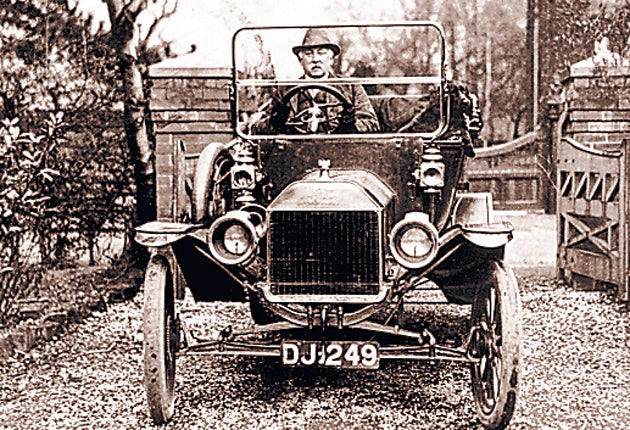The Timeline: Car manufacturing

Early days, 1893-1908
In 1893, brothers Charles and Frank Duryea founded the first car manufacturers in the US, the Duryea Motor Wagon Company. That year, Daimler Motor Syndicate formed in Britain. In 1901, Ransom E Olds made use of the production-line method that Henry Ford would popularise in producing his famous Oldsmobile.
Mass production, 1908
In 1908, the first Ford Model T rolled off the production line, opening up the automobile for mass consumption. Ford became synonymous with a sequential chain of production and the mass production that it permitted. It transformed the motor market.
Practical progress, 1919-1940
In 1919, 90 per cent of cars were sold with open tops. By 1929, 90 per cent were closed. While the 1930s saw declining sales, it was also a time of practical innovations: integrated fenders, closed bodies, a rear boot. The first diesel-powered car was built in Indiana in 1930.
Europe awakes, 1945
After the Second World War, the European automobile industry came into its own. The Ford Consul, Morris Minor and Rover P4 offered family-friendly driving options in the UK, while in Italy the Ferrari 250 series became the company's most successful line. Compact cars became popular, with the Fiat 500 and Volkswagen Beetle taking off on both sides of the Atlantic. In 1959, the Mini came on to the market.
Robotics and Japan, 1960s
In 1961, the first industrial robot was used in car production. Named Unimate, it had been conceived five years earlier by inventors George Devol and Joseph Engelberger. Acquired by General Motors, it was used to perform die-casting tasks. Japan also emerged as a major force in car manufacturing. In 1969, the Datsun 240Z became one of the first Japanese sports cars to achieve international success.
Oil and trouble, 1970s
With the oil crisis of 1973 the US market stagnated, leaving the door open for emerging Eastern giants Toyota and Nissan. Germany's BMW, too, was a favourite. The small, reliable cars that these companies produced usurped the large American and Italian models.
The birth of the SUV, 1980s
In 1980, the American Eagle became the first mass-production car to use the complete Formula Ferguson (or FF) system of full-time all-wheel drive. It ushered a whole new product category of "sport utility vehicles". Meanwhile, the use of robots continued to grow, and were used by virtually all manufacturers.
Green and black, 1990s
In 1997, the Toyota Prius became the first mass-produced hybrid vehicle. Honda followed with the Insight two years later. By 2007, more than a million hybrid cars had been sold. By 2009, that figure had doubled. At the same time, more cars have shifted to diesel fuel.
Join our commenting forum
Join thought-provoking conversations, follow other Independent readers and see their replies
Comments
Bookmark popover
Removed from bookmarks